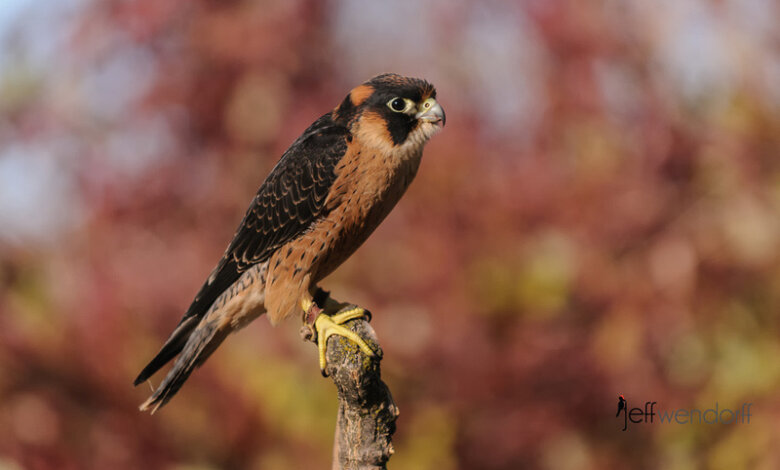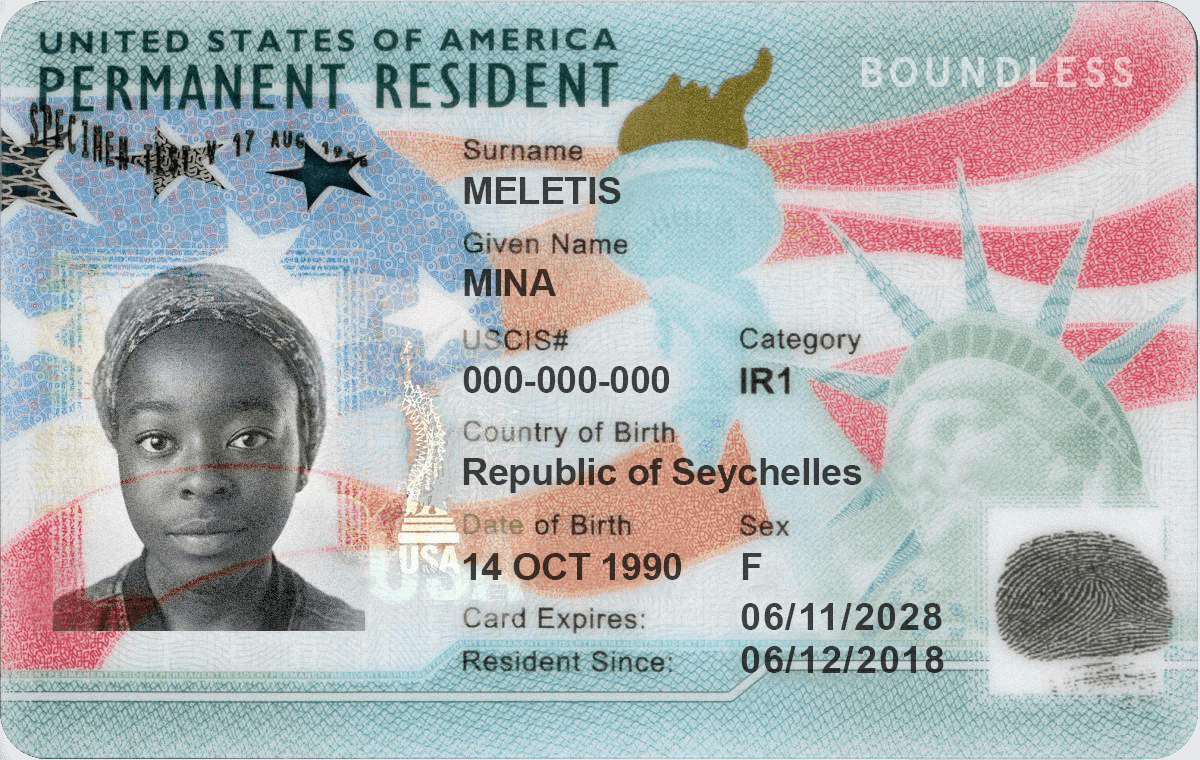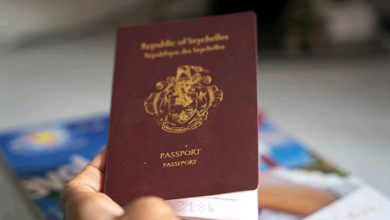Mozambique Unveils World’s Largest Population of Africa’s Rarest Falcon

The world’s largest population yet of Africa’s rarest falcon have been discovered residing in Niassa Special Reserve in Mozambique, a protected territory not included in the bird of prey’s range.
37 Taita falcons (Falco fasciinucha) were discovered by a team of conservationists from BirdLife International, the Wildlife Conservation Society (WCS), and the Peregrine Fund in a Miombo woodland area studded with large boulders. Taita falcons build their nests on rocks above woodlands where they hunt tiny bird prey.
To arrive at their conclusion, the crew used helicopters to stake out possible nesting areas.
The disappearance of a known breeding population of Taita falcons in Zimbabwe’s Batoka Gorge highlighted the urgent need for more research to appropriately estimate the species’ risk of extinction. This encouraged the researchers to conduct a survey in Niassa, where the falcons were thought to be residing.
Read Also: A Study in Mozambique Finds that Hippos can Recognise Each Others Voices
To conserve the nesting population, the team suggests conserving the forests surrounding the inselbergs.
In recent years, Niassa has been the location of numerous conservation success stories. As Mozambique recovers from the elephant poaching issue that slammed the region hard in the 2010s, WCS has worked closely with the government to prevent poaching.
Niassa National Reserve, located in northern Mozambique, is one of Africa’s largest (17,104 square miles or 42,300 km2), wildest, and most magnificent landscapes, accounting for 28 percent of the country’s conservation areas.
The human footprint in the area is quite low, and while it is rising, it is anticipated to grow at a slower rate than the surrounding areas. Elephants, lions, leopards, wild dogs, sable, kudu, wildebeest, and zebra inhabit the reserve, which is home to some of Mozambique’s most important wildlife populations.
The IUCN Red List of Threatened Species classifies the Taita falcon as Vulnerable. They are one of Africa’s rarest raptor species, with infrequent sightings ranging from southern Ethiopia to northeastern South Africa.
In Uganda, Zimbabwe, and South Africa, there are sporadic reports of small populations. Unverified reports of single birds or historical records of a few nest sites in Kenya, Tanzania, Zambia, and Mozambique make up the rest of the records.
Source: Wildlife Conservation Society (WCS)
Abeeb Lekan Sodiq is a Managing Editor & Writer at theafricandream.net. He is as well a Graphics Designer and also known as Arakunrin Lekan.




